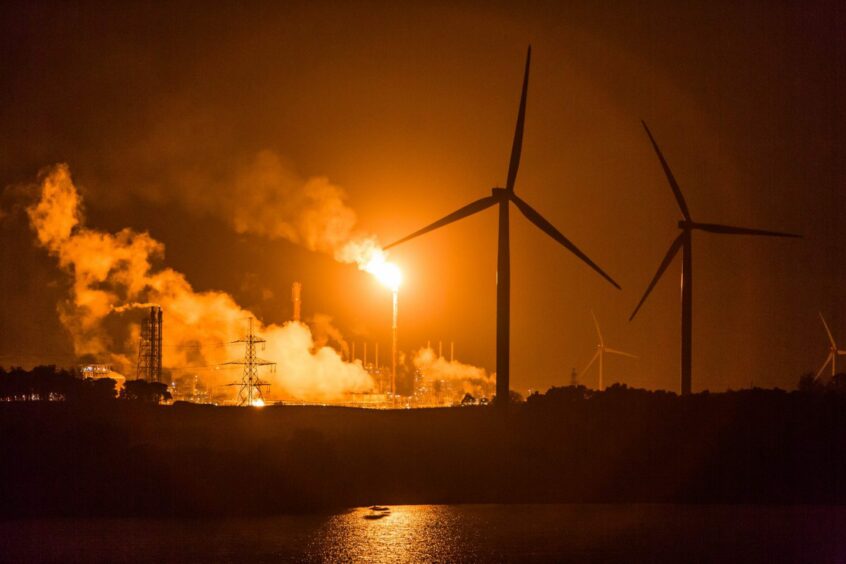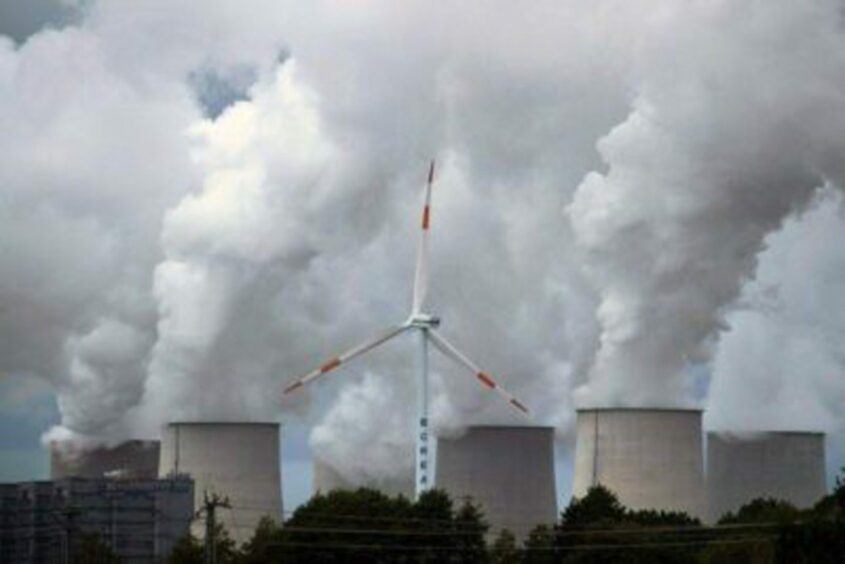
I’m currently trying to get my head around the thorny issue of carbon emissions from Big Oil, especially with regard to the complexities of how they are variously classified as Scopes 1, 2 and 3.
And I think I’ve sort of got it – how the reporting processes sort of work and why the big beasts of the petroleum industry are going out of their way to build their emissions activity pyramids, whilst avoiding taking full account of the Scope 3 category.
Well they don’t have to anyway, as Scope 3 reporting is not yet mandatory; ignoring the fact that what is not mandatory for the majors will be classed Scope 1 or 2 for someone in the myriad heap of firms that comprise their supply chains.
Simples? No! It’s not.
Which is why all the business service big brands like Deloitte, EY and PwC have built models and worked out ways of extracting additional fees from their clients.
Because carbon emissions accounting has become very big biz and is getting bigger by the day across the entire human business activities spectrum.
However, an industry friend of mine perfectly reasonably emailed me a few days ago with the following observation in the context of the oil and gas industry:
“What gets me is that we put so much effort into reporting these issues when the aim should really be to eliminate them all together by moving away from oil and gas.
“Seems to me to be part of the master plan to keep oil and gas going for as long as possible, at which point we’ll suddenly realise that we’ve done bugger all about developing the technology to displace it.”
Said friend added that the current obsession among politicians and NGOs, especially for grinding the North Sea oil and gas industry into the dirt, is doing massive damage to the north-east Scottish economy as it struggles to gain a proper foot-hold in the low carbon energy game.
The key line in what he said, and I repeat, is this: “What gets me is that we put so much effort into reporting these issues when the aim should really be to eliminate them all together by moving away from oil and gas.”
It seems to suggest that, somehow, the brave new world of low carbon energy will not be subjected to the same nasty emissions measurement and allocation process.
Far from it.
Every industry has a carbon footprint. They clearly vary greatly in size and most have yet to extract themselves from dependency on the petroleum industry for their energy and materials needs.
Oddly, poorly understood is the unassailable fact that low carbon energy has developed a massive resources and emissions footprint of its own – several footprints in reality given the different categories and their varying impacts on the “pale blue dot” that is our forever home.
One thing that low carbon energy has become very good at is selling the happy cows in lush fields producing the butter that clogs your arteries with cholesterol image.
Its green. It’s the future. It’s COOL!
But, as I have attempted to highlight from time to time in Energy Voice, it seems not to be much understood just how seriously negative low carbon energy’s impacts on our planet are turning out to be.
Moreover, Big Wind, Big PV and Big Battery have become especially adept at hiding the grubby side of their respective sub-worlds. It’s the last thing they want switched-on media to expose.
Meanwhile, as I have found, NGOs like Greenpeace, who vilify Big Oil and laud low carbon at every opportunity, are curiously quiet.
Like SF6 gas escapes – the most pernicious atmosphere wrecker of all time – from wind farms on and offshore; like thousands of redundant turbine blades sent to landfill; like virtual child slave labour used to dig out the lithium required for the batteries that increasingly infest our world; similarly rare-earth elements required for the manufacture of electrical equipment of the grandest scale ever. And so-on.
It is absolutely crucial that Big Green be made to walk the same carbon emissions plank as Big Oil, and be made to account for every aspect of its pyramid of activity, including emissions, whether Scopes 1, 2 or 3.
Back to batteries. We already know that the vast majority of lithium-ion packs – heading for 80% of the world’s supply – are manufactured in China, where coal remains the primary energy source.
It happens that coal emits roughly twice the amount of greenhouse gases as natural gas, another fossil fuel that can be used in high-heat manufacturing.
Of course huge effort is being made to design new manufacturing processes or new battery chemistries that can work with more readily available, environmentally friendly materials, but these technologies aren’t yet available on a wide scale.
If we don’t change how we make materials, how we make chemicals, how we manufacture, everything will essentially stay the same.
Which is why it is critically necessary to subject low carbon energy to the same searching measurement and analysis as Big Oil.
Otherwise, we lay ourselves open to being duped, taken for a ride and all the kind of stuff that Big Oil stands guilty of and knows it can no longer deny.
Recommended for you

 © Supplied by Bloomberg
© Supplied by Bloomberg